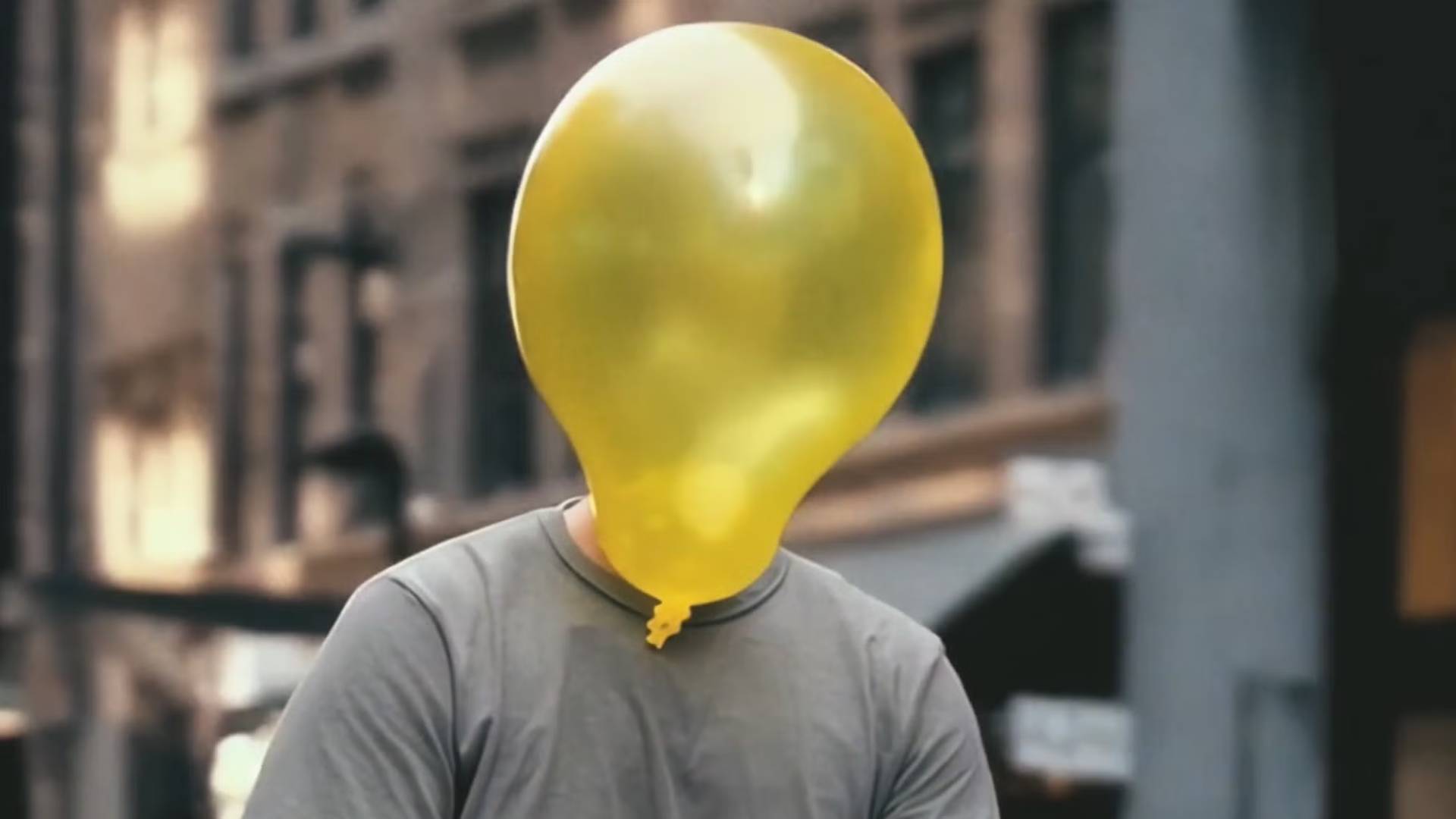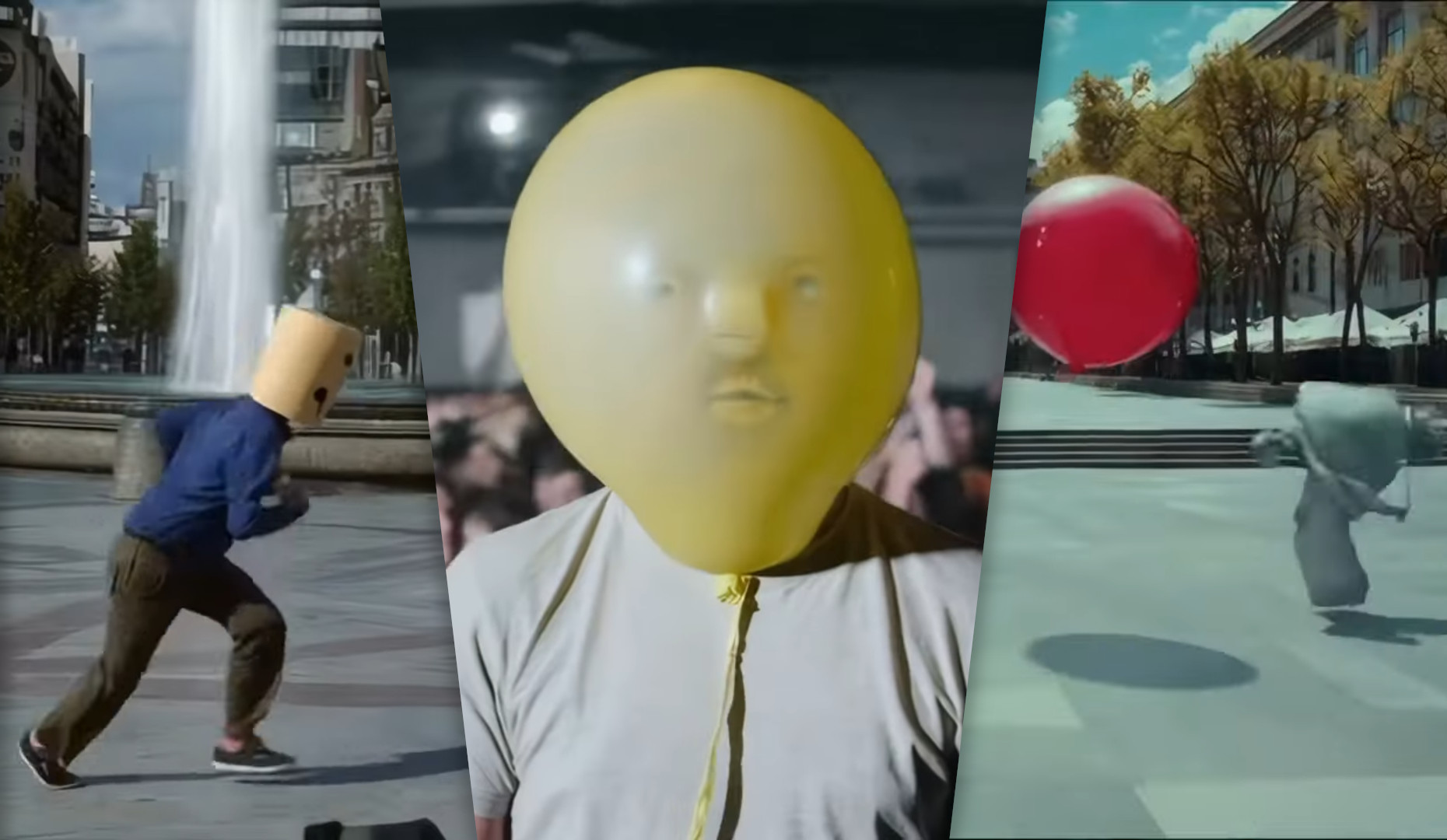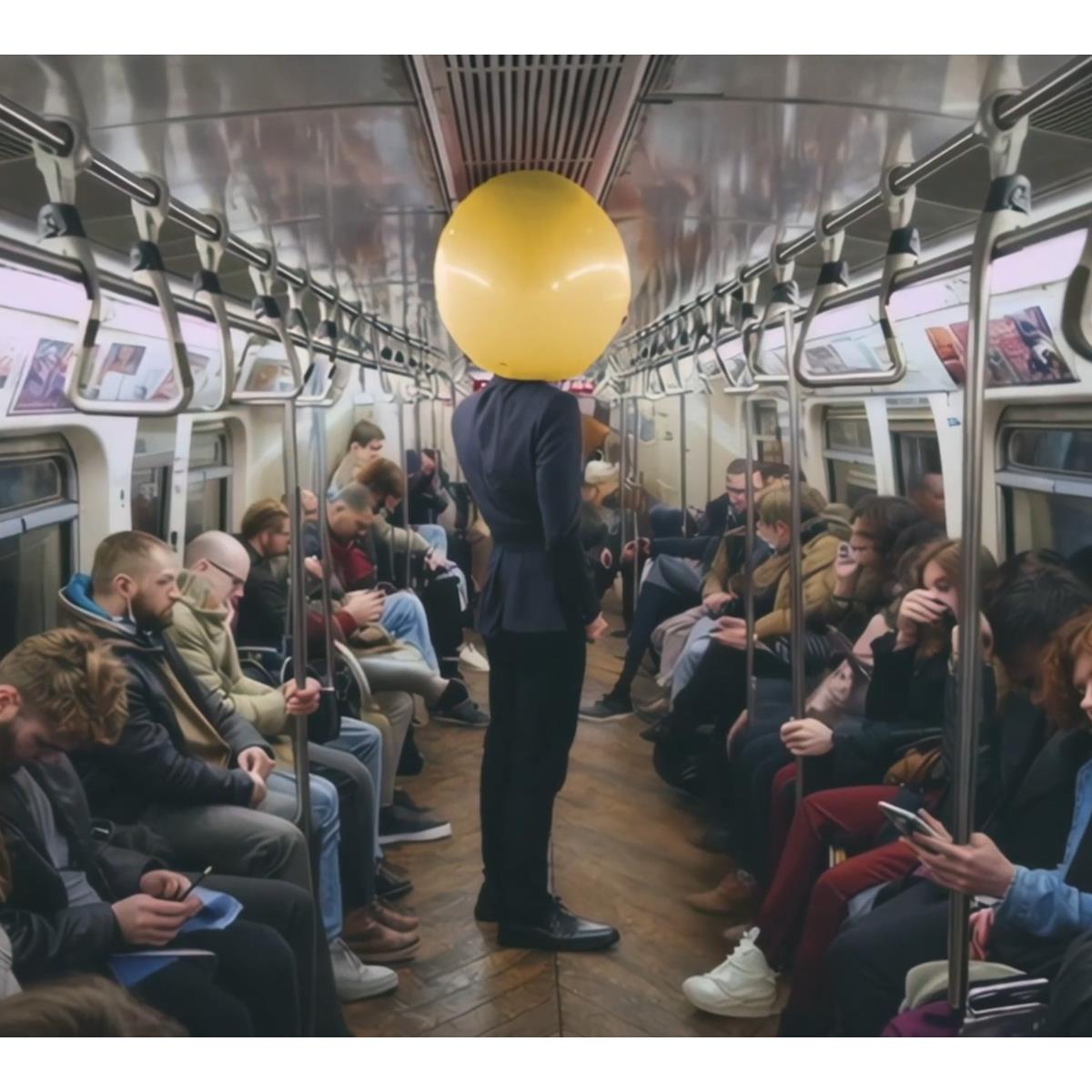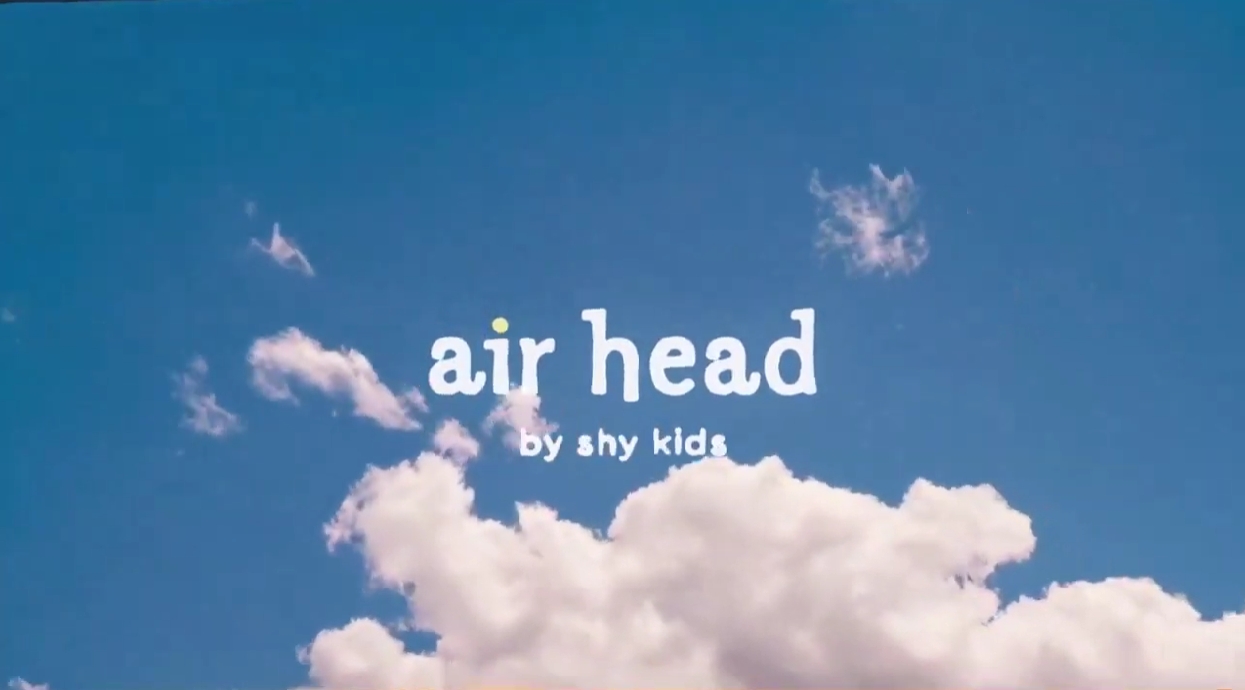Unlocking the Future of Filmmaking: Shy Kids' Bold Journey with SORA

In an exploration of OpenAI's video generation tool, SORA, the Canadian production company Shy Kids shares their experience with the pre-alpha stage technology. Patrick Cederberg, one of the directors, provides an honest account of both the potential and challenges associated with SORA, particularly in the context of their short film "Air Head."
The Promise and Challenges of SORA

SORA, a text-to-video AI tool, holds immense promise for filmmakers, especially those working with limited resources. Shy Kids' experience with SORA highlights the innovative possibilities the tool offers, while also acknowledging significant hurdles in achieving consistent and controllable outputs. The technology allows for the creation of visually striking content, but its current state presents challenges that need to be overcome to meet the precise demands of professional filmmaking.
Shy Kids' Innovative Approach

Based in Toronto, Shy Kids is a multimedia production company known for their creativity and willingness to experiment with new technologies. The trio, consisting of Walter Woodman, Sidney Leeder, and Patrick Cederberg, utilized SORA to bring their imaginative short film "Air Head" to life. This film tells the story of a man with a balloon for a head, a concept that showcases SORA's ability to generate both realistic and surreal visuals.
Walter Woodman, the director of "Air Head," remarks on SORA's capability to create surreal imagery, ushering in a new era of abstract expressionism. "As great as SORA is at generating things that appear real, what excites us is its ability to make things that are totally surreal," he says. This sentiment is echoed by Sidney and Patrick, who emphasize the potential for storytellers worldwide to share their unique visions through this technology. Patrick elaborates, "We now have the ability to expand on stories we once thought impossible."
Overcoming Technological Limitations

Despite the excitement surrounding SORA, the Shy Kids' experience also underscores the tool's limitations. The inconsistent outputs from SORA required significant human intervention to achieve a coherent final product. The team had to curate the generated content meticulously, integrating traditional post-production techniques such as scriptwriting, editing, voiceover, sound design, and color correction to ensure a consistent and polished film.
Patrick Cederberg candidly discusses these challenges, likening SORA to a "slot machine" due to its unpredictable results. "How do you maintain a character and look consistent even though SORA is very much a slot machine as to what you get back?" he asks, highlighting the need for human creativity and persistence. This aspect necessitates a blend of technology and human effort to produce a satisfactory outcome, highlighting the current gap between AI capabilities and the needs of professional filmmakers.
Walter adds, "What ultimately you end up seeing took work, time, and human hands to get it looking semi-consistent," emphasizing the extensive effort required to make the tool's outputs usable in a professional context.
The Future of AI in Filmmaking
The Shy Kids' journey with SORA reflects the broader narrative of AI's role in the creative industry. While generative AI tools like SORA offer groundbreaking possibilities, their practical application requires further development to address control and consistency issues. The honest and transparent account provided by Shy Kids serves as a valuable case study for other filmmakers and creators considering the integration of AI into their workflow.
As SORA and similar tools evolve, they promise to democratize filmmaking, allowing creators with diverse backgrounds and limited budgets to bring their stories to life. The innovative spirit of Shy Kids demonstrates that, despite current challenges, the future of AI in film is bright and full of potential.
Conclusion
Shy Kids' experience with SORA highlights both the promise and the pitfalls of using AI in film production. Their creative approach and willingness to embrace new technology provide valuable insights into the future of filmmaking. As AI tools continue to develop, they will undoubtedly become more integral to the creative process, offering new ways to tell stories and push the boundaries of visual expression.
For more detailed insights into Shy Kids' project and their experience with SORA, watch their YouTube video transcript here.
